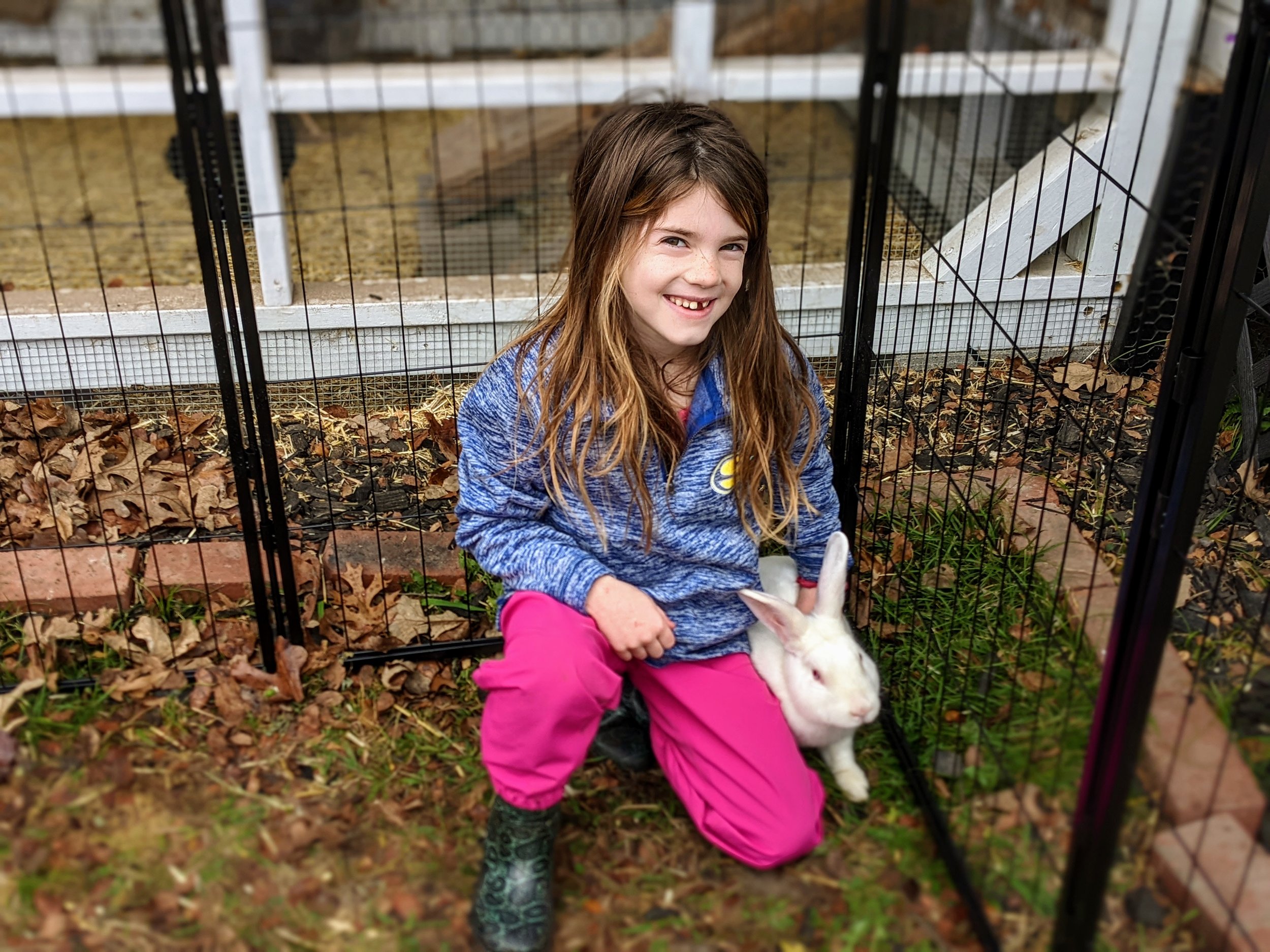Our Satin Rabbits
Our decision to breed rabbits wasn’t one of our most thought out plans! It was an idea that started thanks to some homesteaders on YouTube and one that we wish we would have thought through a little better! This post is the first in a serious that will detail our journey and what we learned and what we would have done differently. We chose Satins because they are not a common breed, but they are a great dual purpose rabbit and we thought it would be a good fit for raising both pets for sale and meat for the farm. We still feel it was a good choice for us, but stay tuned to see how that turned out for us!
A little history on the breed.
The Satin rabbit came from a genetic mutation discovered in a litter of Havanas owned by Walter Huey in 1934. To improve his Havanas, Mr. Huey started inbreeding them, causing carriers of the new mutation to be bred to one another and produce offspring that showed the trait. After consulting with Harvard University geneticists, they concluded that this was a simple mutation that was unlike anything seen in the rabbit world.
Through the dedicated efforts of many, Satins were bred up in size to commercial weight and eventually recognized by the ARBA in 1956. First called Satin Havanas, these rabbits with the brilliant sheen were later renamed Satins. Today Satins are recognized in 11 brilliant colors.
Satin Rabbits are Calm, gentle, docile, and quite well-mannered. They are good with children.
The Satin is also an excellent multipurpose rabbit. Its large size and commercial type make it well-suited to market pen classes, as well as producing meat for the family table. As a show animal, the Satin is very competitive. If you’d like a bunny that feels like silk and shines beautifully in the sunshine this is the breed for you.




